Our role
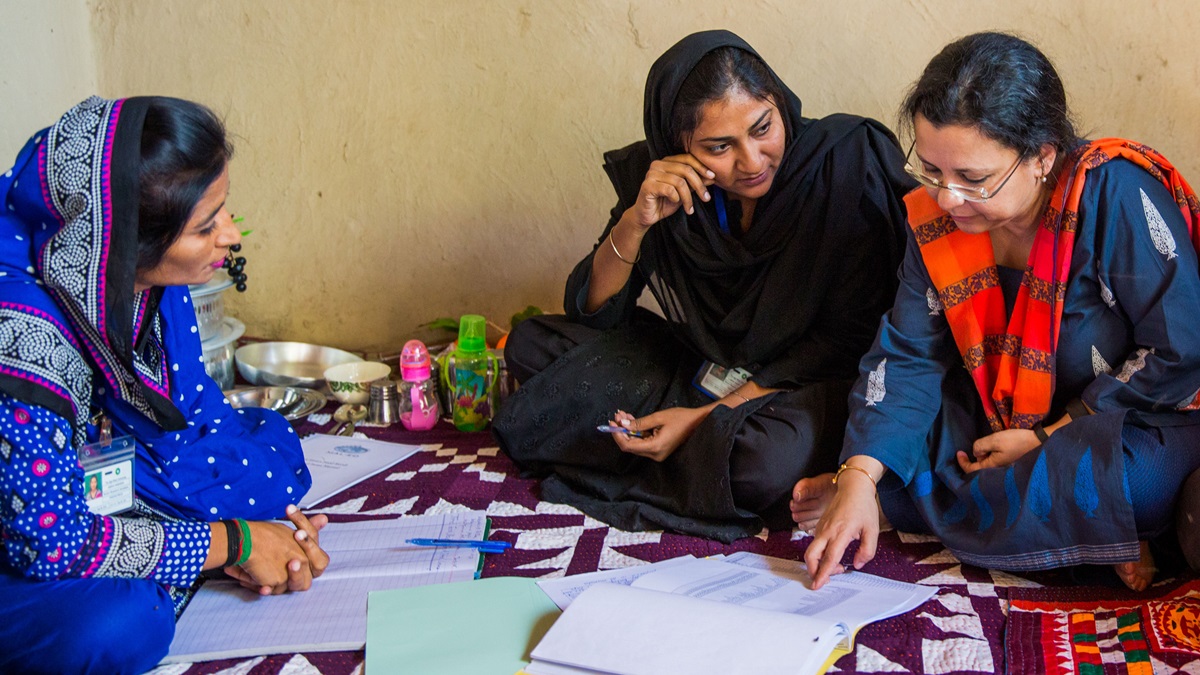
Our role
Where does our foundation fit among the other institutions trying to improve the world?
We typically hear about two sectors, the public and the private. The private sector – business – is good at developing products and services, while the public sector – government – is good at delivering solutions to all the people who need them.
In many cases, the private and public sectors, acting either separately or together, meet people’s needs. But there are gaps, spaces where some people don’t get what they need to live healthy, productive lives.
Here’s an example: A generation ago, the market for vaccines worked well in wealthy countries – if you wanted to be immunized against a whole range of diseases, you could – but the system did not work for other parts of the world. Certain vaccines just weren’t available for most people. The private sector didn’t sell them in low-income countries because it wasn’t clear there would be buyers. Governments tried to step in, but they weren’t in a position to bring all the pieces -- the funding, the partnerships, the logistics – together to make it work. Tragically, millions of children were dying of preventable diseases each year.
This is the kind of problem that philanthropies can help solve, and it’s how we define our foundation’s role.
How do we actually help solve problems? What does our foundation do specifically?
Learn more about how we work
To give every person a chance at a healthy, productive life, the Bill & Melinda Gates Foundation works in several different ways.
Spurring innovations
that improve the human condition by stepping in where governments and businesses leave gaps.
Strengthening global cooperation
by bringing together governments, businesses, philanthropies, and communities to save and transform lives around the world.
Creating market incentives
for lifesaving products by supporting the development and delivery of vaccines, treatments, diagnostics, and other tools for those most in need.
Generating high-quality data and evidence
that drive progress by showing what’s working and what isn’t.
Spurring innovations
that improve the human condition by stepping in where
governments and businesses leave gaps.
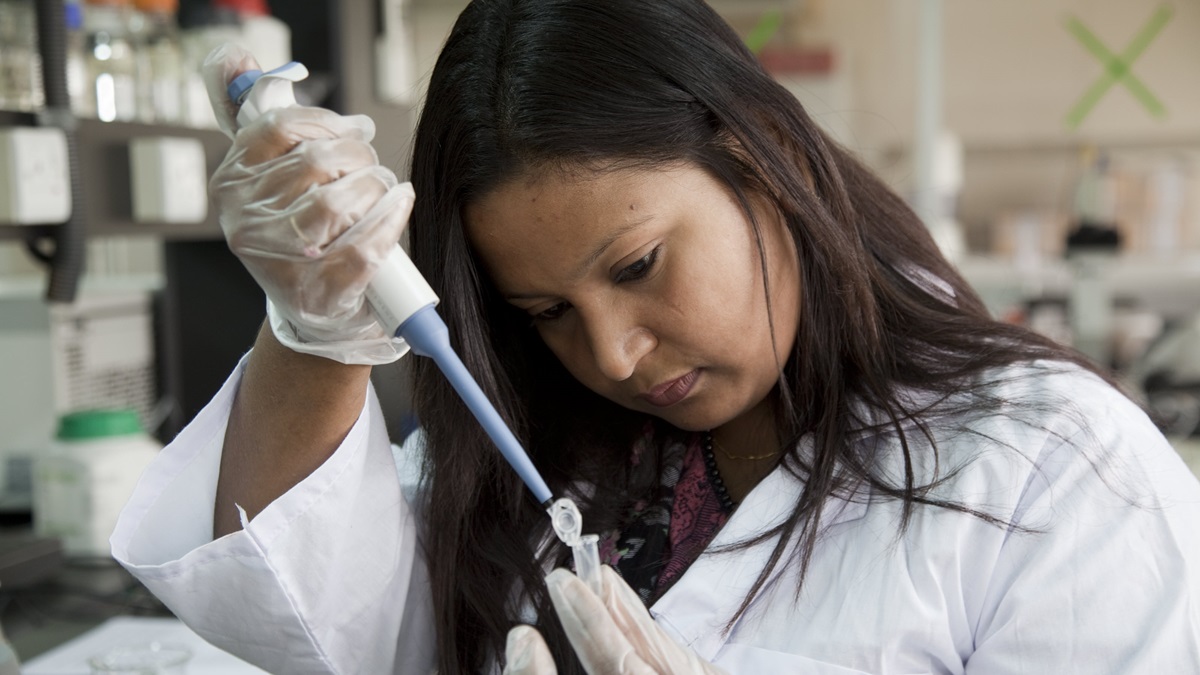
Our innovation means trying new things, learning from our mistakes, and consistently refining our approach.
Philanthropic institutions have an especially critical role to play in accelerating the cycle of innovation when it comes to the health issues faced by people living in poverty. Governments in wealthy countries have historically been strong supporters of basic scientific research, and private industry uses the insights from the research to develop new products and services. But in many cases, these breakthroughs don’t improve the lives of people living in low-income countries, because products and services usually aren’t developed with their people's needs in mind.
This is where organizations like our foundation can help. We can take risks that private industry may not be able to justify and give scientists working at the cutting edge the resources to innovate for the benefit of those who cannot afford to pay.
Wolbachia
Dengue is terrible disease spread by a species of mosquito called Aedes aegypti.
By the early 2000s, the scientific community had been trying and failing at a vaccine for years, when a scientist named Scott O’Neill had an idea: What if instead of vaccinating the people, we treated the Aedes aegypti mosquito?
Most insects contain bacteria called Wolbachia. But the Aedes aegypti does not, and O’Neill believed that by introducing Wolbachia to the Aedes, he could shorten the mosquito’s lifespan, killing the insect before it had time to transmit dengue.
It was longshot R&D, and at first, it looked like it wouldn’t work. The Wolbachia wasn’t killing the mosquitos or shortening their lifespan. But then O’Neill realized it was doing something just as good: It made it impossible for Aedes to transmit dengue.
Today, countries like Indonesia are benefiting from this research. A study there found that in places with the Wolbachia mosquitos, dengue had virtually disappeared.
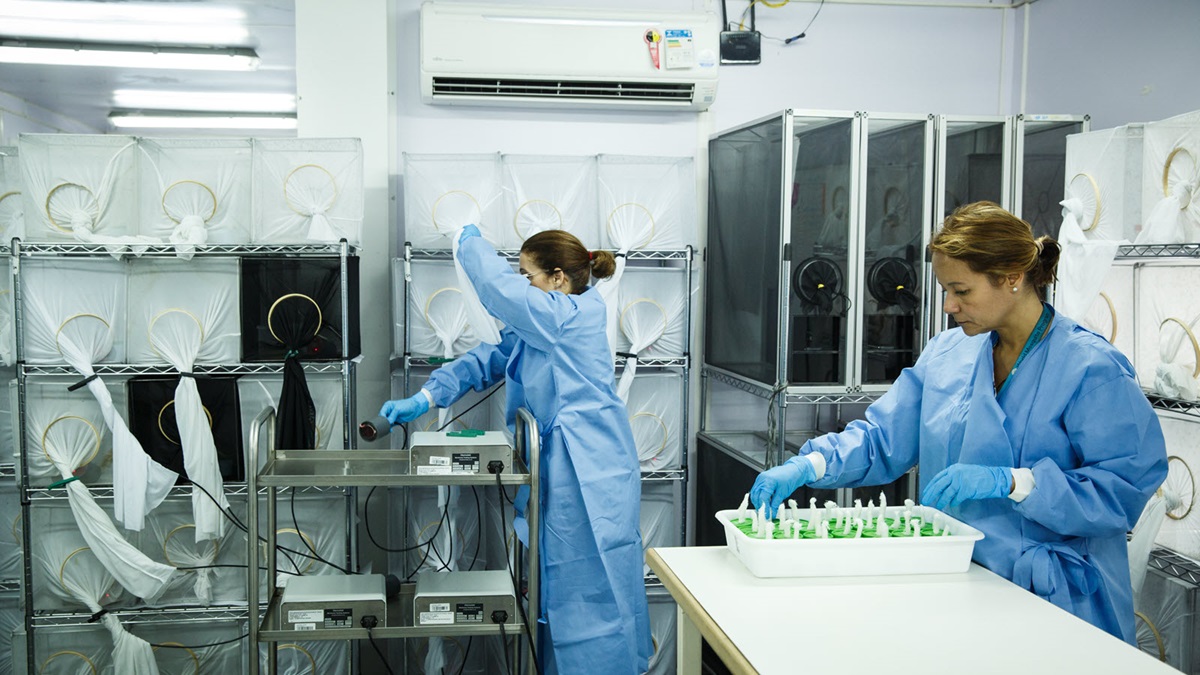
Individual mesh cubes are home to 1,000-1,500 mosquitoes at this World Mosquito Program research lab.
MenAfriVac vaccine
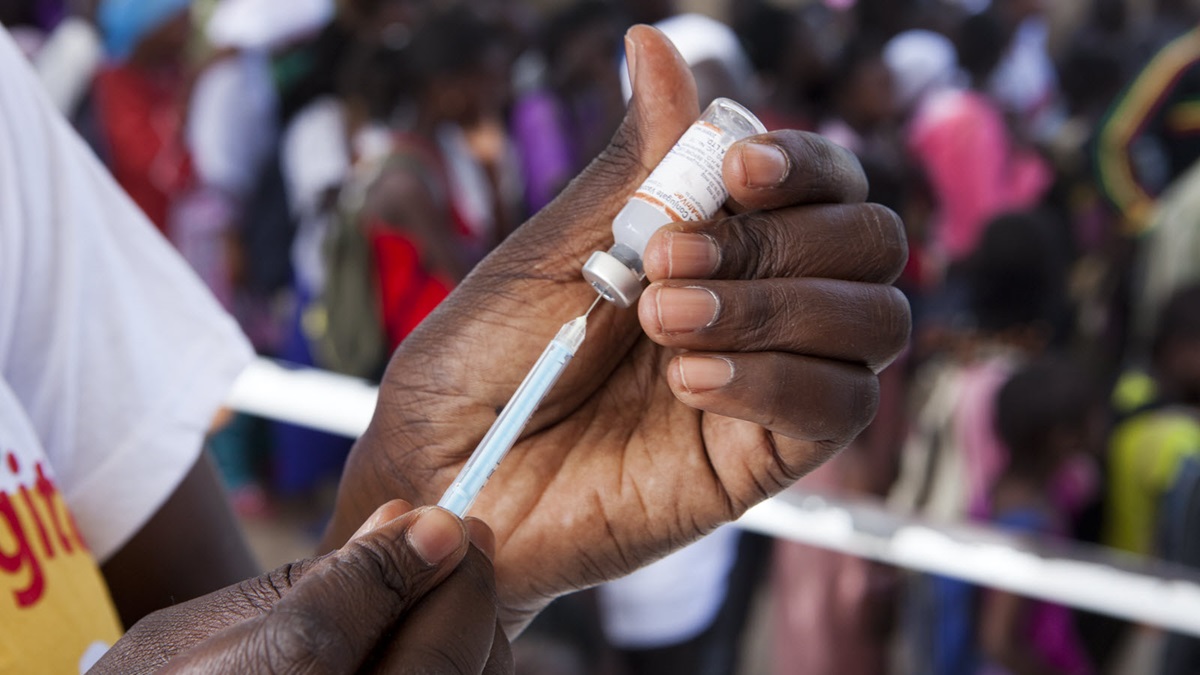
A health worker prepares a vaccine during a meningitis vaccination campaign in Kaolack, Senegal.
In 1996 and 1997, the largest meningitis epidemic in recorded history swept across the middle of the African continent. Meningitis is a terrifying and painful disease; of 250,000 people who fell ill, 25,000 died, and another 50,000 were left with permanent, debilitating injuries. Public health leaders on the continent pushed hard to address the crisis, and by the end of 2000, they were collaborating with WHO and PATH to create the Meningitis Vaccine Project (MVP), whose goal was to improve on the inadequate meningitis vaccine that existed at the time.
Early on, MVP started looking for manufacturers to make sure that a vaccine, once discovered, could be produced and delivered. It soon became clear, however, that all the manufacturers in wealthy countries with the capacity were either unwilling or unable to do it at a cost affordable by the countries that needed it. MVP was forced to rethink its strategy. An Indian manufacturer, the Serum Institute, said it could manufacture an inexpensive vaccine, but it needed additional support to do so. In response, MVP assembled a consortium of international partners to provide that support. For example, with the foundation’s help, a company from the Netherlands provided some of the basic components of the vaccine.
Serum Institute eventually put the pieces together and was able to develop MenAfriVac and sell it at the target price. Between 2010 and 2014, large-scale vaccination campaigns were begun in Burkina Faso, Mali, Niger, Cameroon, Chad, Nigeria, Benin, Ghana, Senegal, Sudan, the Gambia, and Ethiopia, and in 2014, MenAfriVac was added to routine immunizations schedules in sub-Saharan Africa. In areas where it has been introduced, meningitis outbreaks have completely disappeared.
Strengthening global cooperation
by bringing together governments, businesses, philanthropies, and communities to save and transform lives around the world.
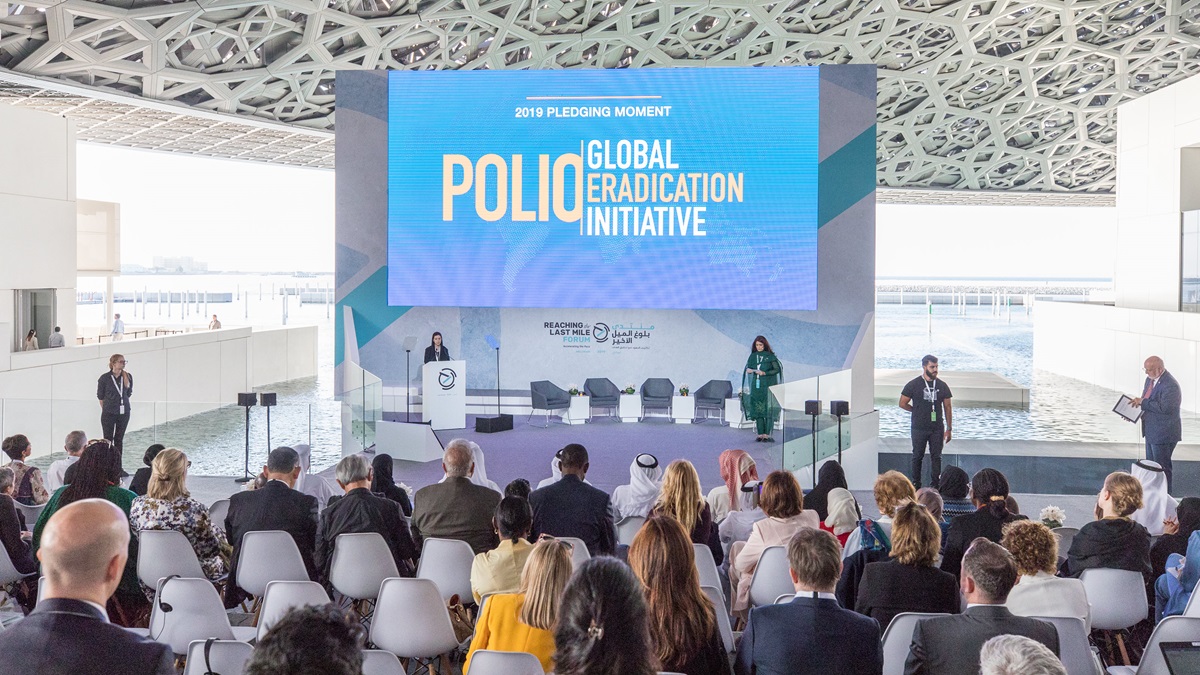
We build partnerships that bring together resources, expertise, and vision from around the globe to identify issues, find answers, and drive change.
In the past, philanthropy was usually a solo endeavor. A wealthy individual picked a problem and went about solving it more or less alone. In recent years, however, philanthropists have focused much more on collaboration, and our foundation has benefitted from this trend.
The problems we try to solve are big and complicated. We know we don’t have all the answers. We also know that we can make far more progress by working with others. As big as the foundation’s endowment is, it’s only a fraction of what governments can spend. In its entire 20-year history, the foundation has donated about the equivalent of what the country of Singapore – or the US state of New Jersey – spends every year.
The challenges of education, poverty, and disease sit at the intersection of so many disciplines. Others have worked for years to try solving them, experts in government, in business, and in other non-profits. Everybody needs to be part of the solution.
One of the foundation’s primary roles is to act as a convener of and partner to these organizations: to help make sure we’re all learning from and supporting each other to achieve our common goals.
Developing drugs to fight COVID-19
Anti-virals have been an underinvested branch of science for a long time, including by our foundation. Researchers have not been as effective at developing drugs to fight viruses as they have been at developing those to fight bacteria. But that’s changing during COVID-19.
Our foundation has worked with many partners to pull together scientists, CEOs, and public health experts to test existing drugs against the novel coronavirus and make sure successful candidates get to everyone who needs them.
We’ve seen significant breakthroughs in this area. For example, pharmaceutical companies have agreed expand drug making capacity by using each other's factories. Remdesivir, for example, was created by Gilead, but extra quantities will now be produced in Pfizer factories. Very few companies have ever allowed its factories to be used by competitor in this way.
We expect to see more cooperation when it comes to lifesaving treatments in the future. We’re working with researchers will develop large, diverse libraries of antivirals, which they’ll be able to scan through to quickly find effective treatments if another new virus appears.
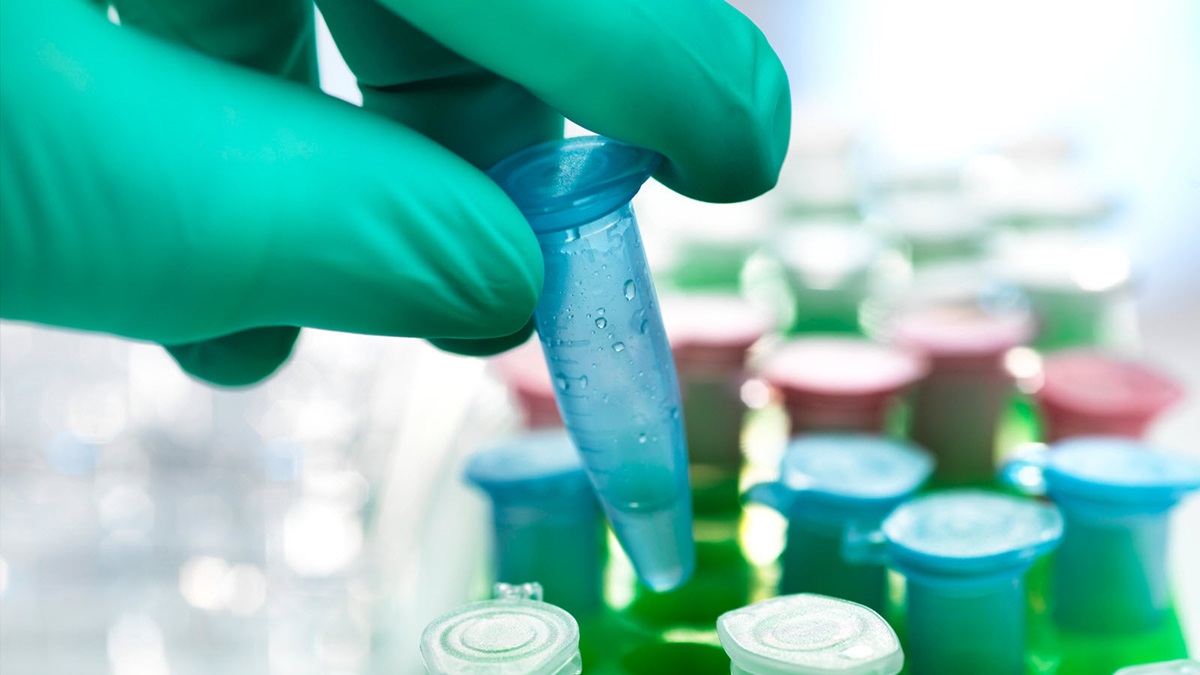
The Global Fund to fight AIDS, Tuberculosis and Malaria
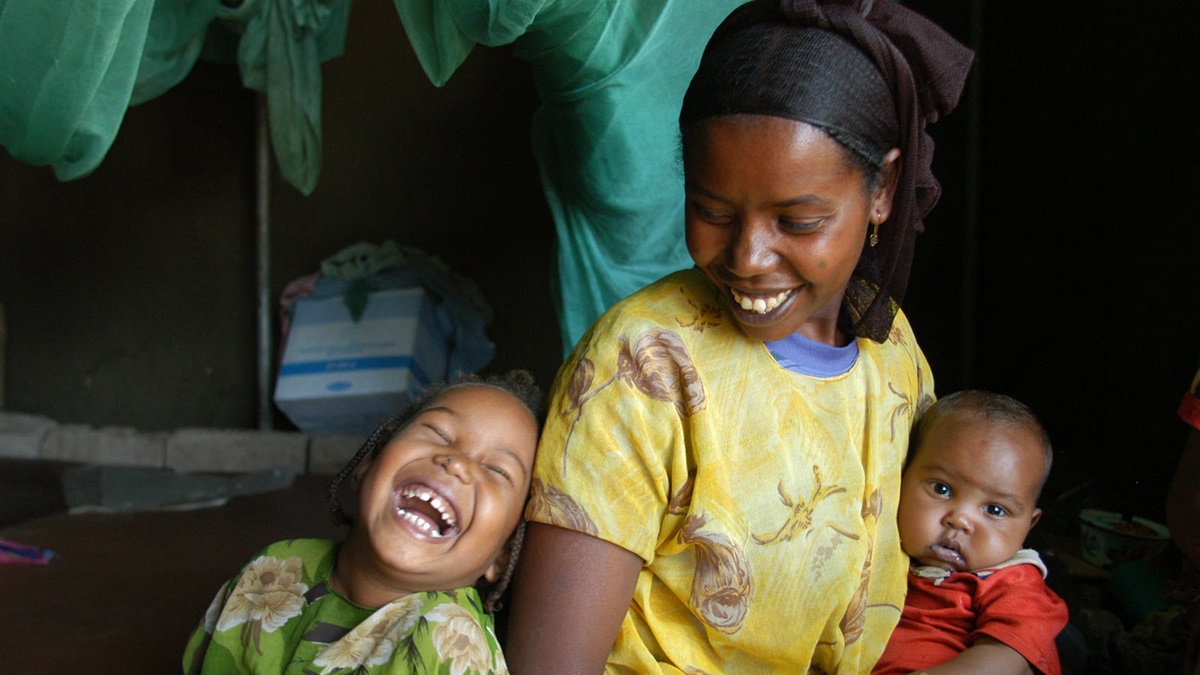
At the turn of the 21st century, three of the deadliest diseases in the world raged out of control, and the global health community was losing the fight against them. There were AIDS drugs available, but the majority of people in poor countries couldn’t afford them. Mosquitoes had developed resistance to the insecticides and the parasite had developed resistance to the treatments that had once kept the disease in check. A test that could reliably diagnose TB did not exist. It was clear that something needed to change. So in 2001, UN Secretary General Kofi Annan called for making the fight against these diseases a global priority; shortly thereafter, the UN announced the creation of the Global Fund to Fight AIDS, Tuberculosis, and Malaria, a new form of public-private partnership for global health financing.
This was a new way of doing global health: pooling funds to generate enough demand to lower the prices of drugs and other supplies and disbursing the money to countries that needed it.
Donor countries provide 92% of the funding, and the rest is contributed by the private sector and foundations. In 2001, the Gates Foundation became one of the first of those foundations with a gift of $100 million; since then, we have contributed more than $2 billion.
The Global Fund has been a huge success, allowing more than 100 countries to offer bed nets, AIDS treatments, TB tests, and other lifesaving solutions. Since its creation in 2002, the Global Fund has distributed over $45 billion to 155 countries, saving an astonishing 38 million lives and offering care, treatment, and prevention to hundreds of millions more.
Free Application for Federal Student Aid (FAFSA)
The government has a vested interest in helping young Americans go to college. That’s why it offers the Free Application for Federal Student Aid (FAFSA), which opens up access to Pell Grants, Equal Opportunity Grants, the Federal Work-Study Program, and more.
But filling out the FAFSA is not an easy task, and many prospective students find it confusing and intimidating. As a result, every year as many as 2 million students who are eligible for Federal financial aid, many of whom come from low-income backgrounds or are the first in their families to attend college—simply don’t apply.
Eliminating one obstacle to a bright future doesn’t do much good if it’s replaced with another obstacle. That’s why, drawing on the work of partners through our Reimagining Aid Design and Delivery initiative, the foundation developed a road map for fixing the FAFSA. The goal is to guarantee that all students have access to financial aid and a high-quality, affordable postsecondary education.
The government has already implemented some of the report’s recommendations, and as of July 1, 2023, thanks to the recently passed FAFSA Simplification Act, students across America will face fewer barriers to college.
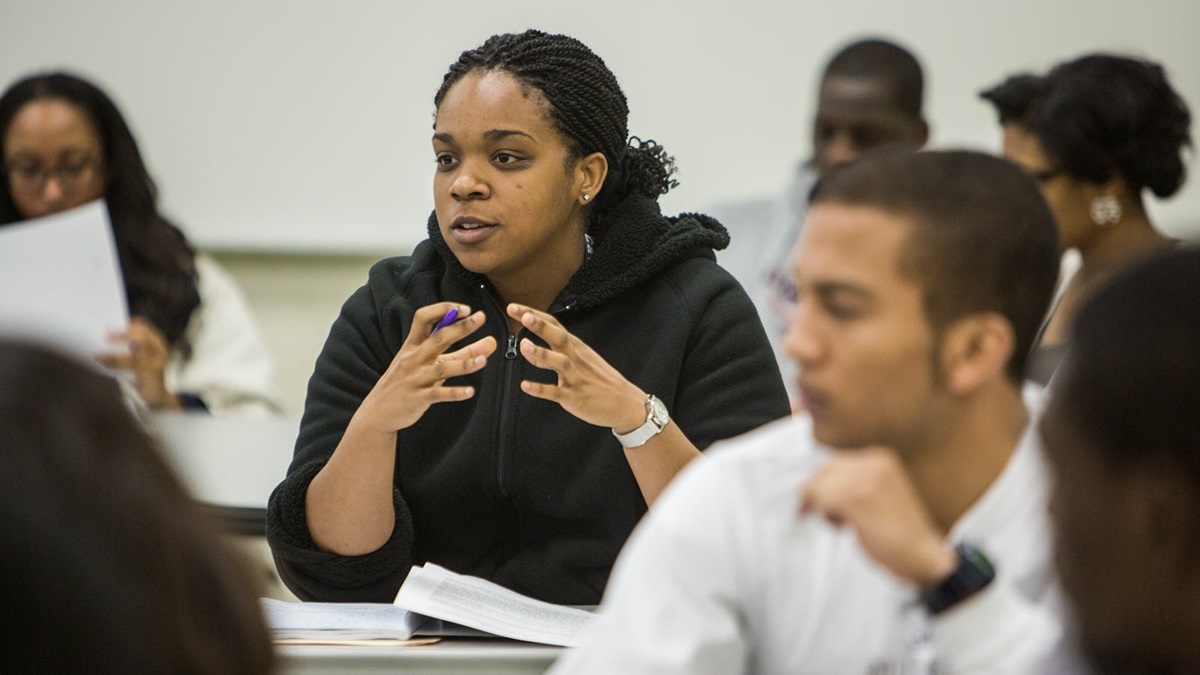
Creating market incentives for lifesaving products
by supporting the development and delivery of vaccines,
treatments, and tools for those most in need.
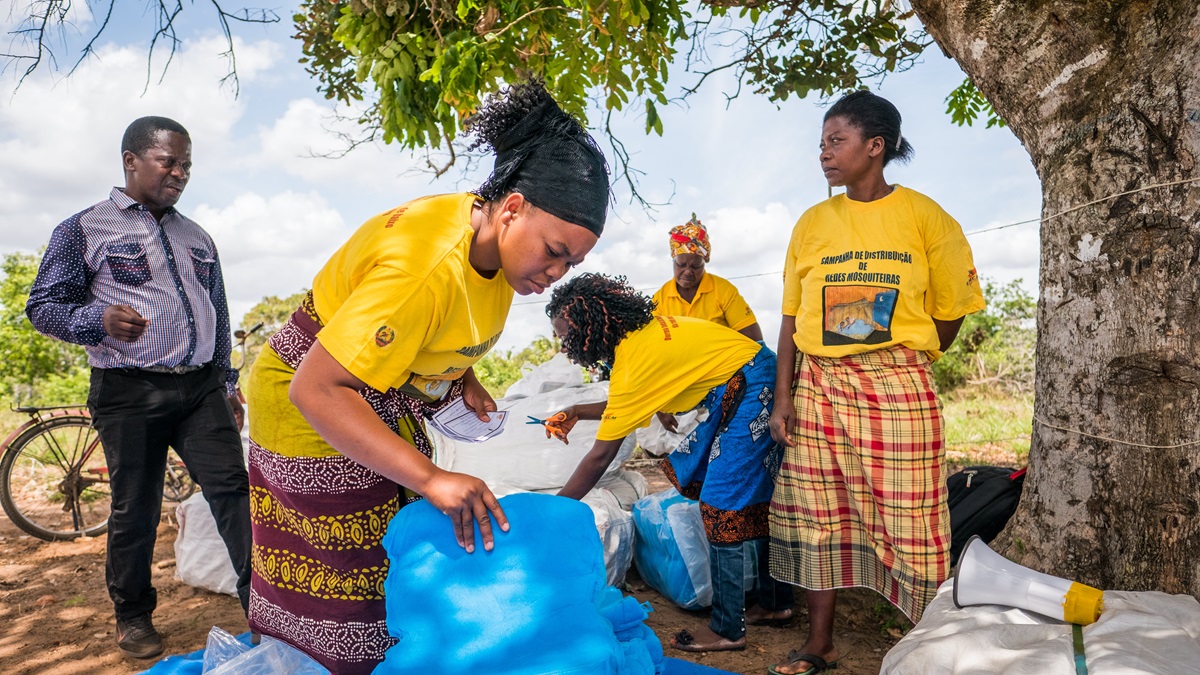
Preparation for the distribution of mosquito nets in Inhambane, Mozambique
We are dedicated to improving the quality of life for individuals around the world.
Put yourself in the shoes of someone living on less than $2 a day.
You’re focused on securing the essentials: food, water, medicine.
The odds are that you’re a small farmer, supporting your family by growing crops on less than an acre of land, which means you need seeds.
Even if you had the money to afford certain medicines, vaccines, and farming supplies, you likely couldn’t find them. Businesses just don’t sell them where you live, in part because they don’t know if they’d be able to turn a profit. The market is broken.
We believe our foundation can help repair the market so that it works for more people. With our partners, we look for innovative ways to close these gaps so everyone has access to the products and services they need to thrive.
Advance Market Commitment (AMC)
In early 2007, researchers developed a new vaccine to prevent pneumonia.
It cost $70 for a single injection of the vaccine in wealthy countries, which is expensive as vaccines go. Most people thought it wouldn’t be available in poorer countries for another decade or two – even though that’s where most pneumonia deaths happen.
But that year our foundation partnered with several governments and international organizations to try something new: We negotiated the first advance market commitment (AMC), putting up billions of dollars to finance vaccine makers like GSK and Pfizer as they scaled up production. This way, they could lower costs. We helped cut the price for the vaccine from $70 a dose, to $3.50, and it was rolled out immediately in poorer countries.
This marked a landmark transition in the history of global health. Kids in low-income countries were no longer getting the vaccines last. They were getting them at the same time as the kids in higher-income countries.
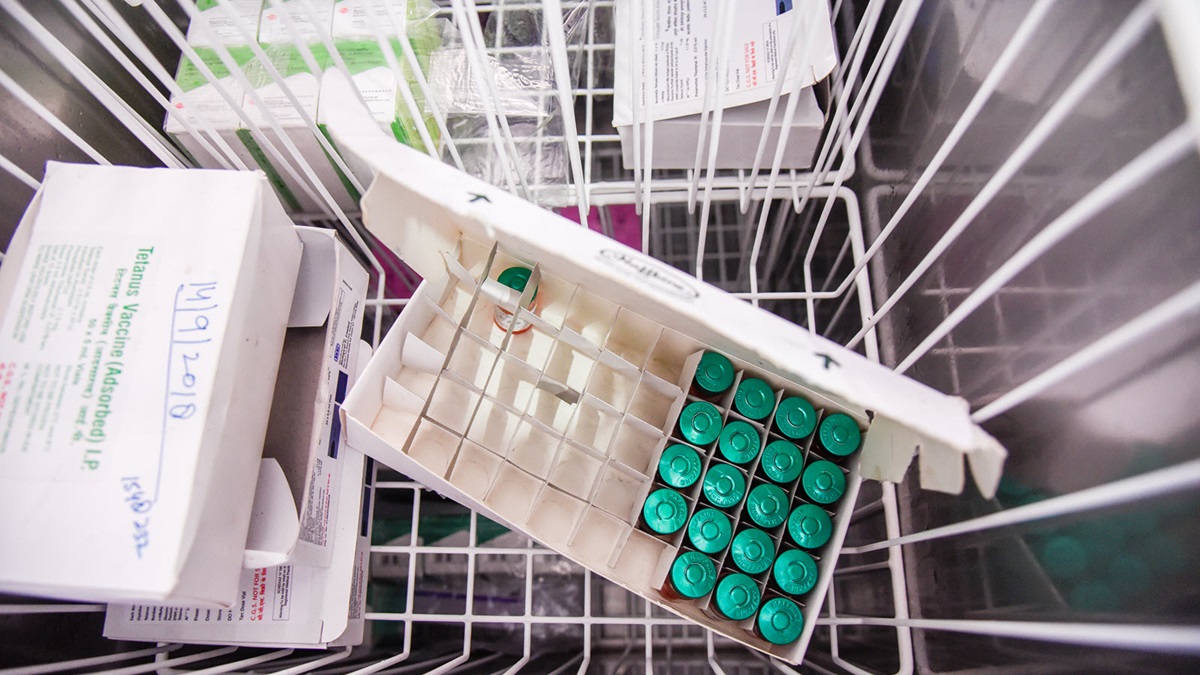
Reinvent the Toilet Challenge
Sanitation-related diseases kill almost 500,000 children every year. Almost all of these children live in low-income countries without sanitation systems to safely contain and treat human waste.
Philanthropy can play a critical role in the development of such systems. The foundation’s Reinvent the Toilet Challenge, issued in 2011, sought designs for new toilets that could run without water, sewers, or electricity, that left waste 100% pathogen-free, and that cost no more than 5¢ per day per user. The response was overwhelming: we received over 120 concepts from scientists at universities across the world. Some concepts not only treated waste but also turned it into valuable resources such as electricity, ash for fertilizer, and small amounts of distilled water.
A total of 20 reinvented toilets were showcased in Beijing in 2018. Since then, many of these have been prototyped and piloted; the next step is to work with private companies so that these technologies can be scaled. Now that a portfolio of new toilet technologies is available, it is time for the private sector to do what it does best: build products people need and figure out how to bring them to markets around the world.
Generating high-quality data and evidence
that drive progress by showing what's
working and what isn't.
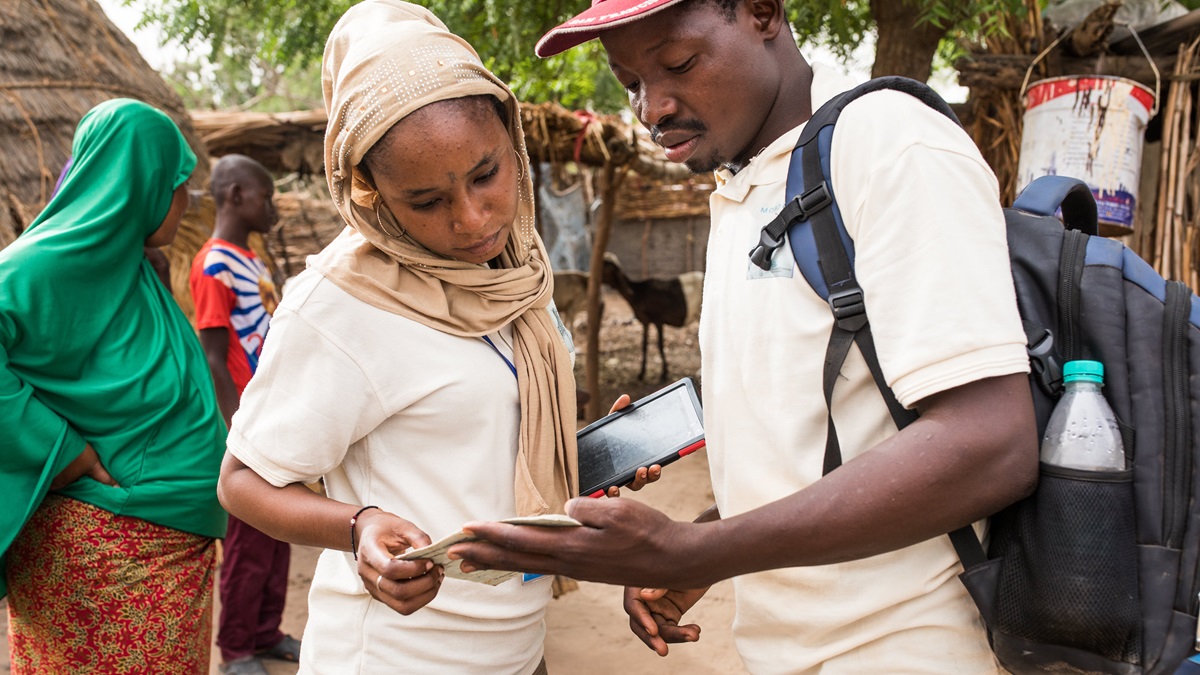
Our methods are based on logic, driven by rigor, results, issues, and outcomes.
When Bill and Melinda started the foundation twenty years ago, the world didn’t have a decent estimate of how many people were dying of malaria each year. The data just didn’t exist, nor did a scientific way to collect it.
Today, public health experts have much more accurate information about how many people are being infected with malaria – and where those people are getting sick.
If you want to make progress on any problem, first you need a way to measure if what you’re doing is succeeding or failing. You need to know whether the numbers are getting worse or better.
That’s why the Gates Foundation spends time and money on collecting and crunching data related to everything from COVID-19 and poverty in the United States, to gender equality, to malaria.
High school graduation rates
It’s hard to imagine, but until a decade ago, the United States had no reliable way to know how many students were graduating from high school. Each state calculated its graduation rate in a different way. Furthermore, respected researchers from noted institutions did their own calculations and found wide gaps between their figures and what many states reported.
Our foundation, along with partner organizations like the Data Quality Campaign, funded research to illustrate the problem, proposed solutions, and worked to implement them. In 2008, the U.S. Department of Education released new regulations requiring states to report a uniform, comparable, and accurate graduation rate.
Since the 2010-2011 school year, states have reported graduation rates according to the new regulations; almost immediately, a previously hidden problem was revealed—the disparate systems made it very hard to notice and catch extremely low graduation rates and, therefore, hard to do anything about them. Now that states’ reporting is uniform, educators have been able to tackle the issue head-on, and we can say with confidence that today the national high school graduation rate is at an all-time high: 85%.
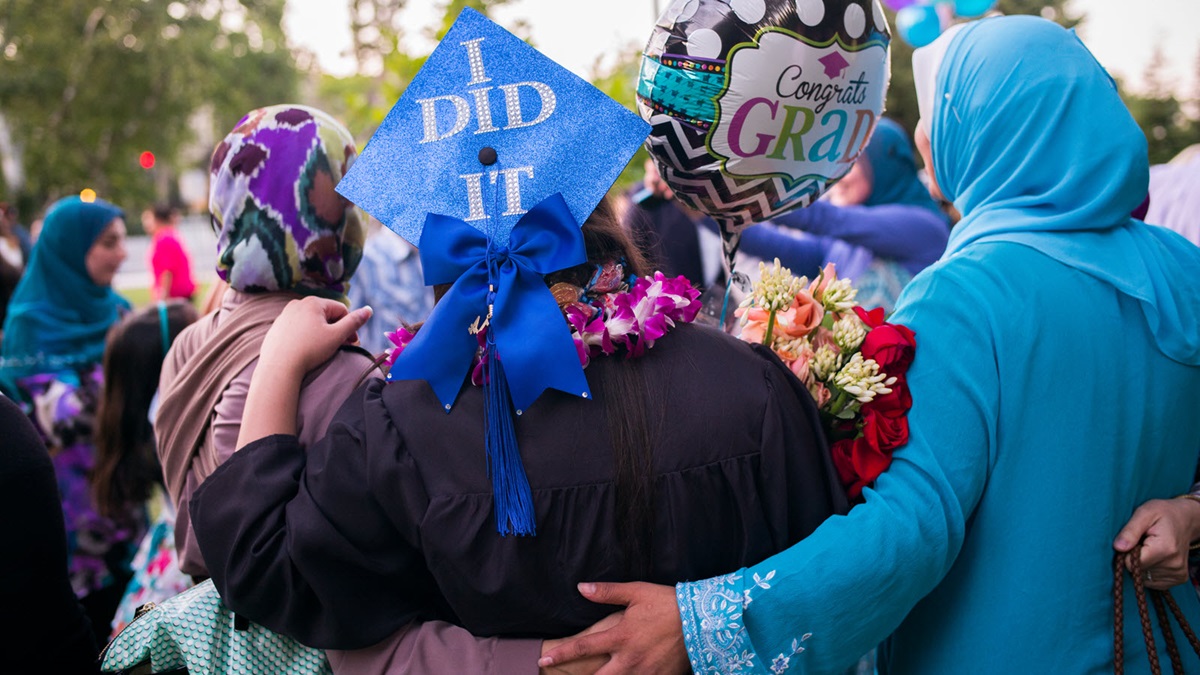
Students of Summit Prep celebrate during graduation ceremonies in Redwood City, California.
The Opportunity Atlas
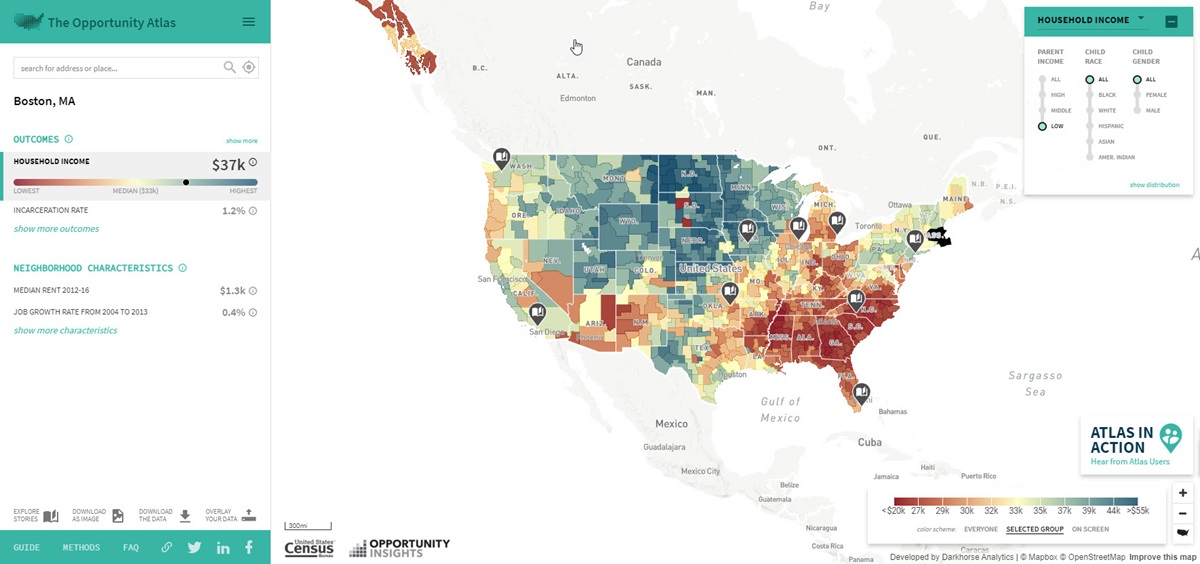
We recently began a program to increase mobility from poverty and help more Americans climb the economic ladder to improve their lives. To start the work of helping people lift themselves out of poverty, we asked experts to help us separate myth from reality and provide the evidence about how much opportunity there actually is in America, who has it, and who doesn’t. The economist Raj Chetty had already published a study showing that children born in 1940 had a 90% chance of growing up to earn more than their parents, but that for children born 40 years later that chance had fallen to 50%.
We helped Chetty and his team start asking questions on an incredibly granular scale, learning about patterns of mobility not just in individual cities but even in individual neighborhoods and individual parts of individual neighborhoods. The result is a platform called The Opportunity Atlas that you can use to explore how much opportunity people in different places all over the country have—and, more importantly, that can help governments work to increase that amount.
The Atlas has already served as an advocacy and planning tool, by raising awareness of where and how much inequality there is. Chetty is now working to make it into a policy tool as well, so that in addition to information about what we need to change, it can also tell us what to do to start changing it.
Gender data gap
How much income did women in developing countries earn last year? How much property do they own? How many more hours do girls spend on household chores than boys?
These are important questions. The answers can help policymakers make better decisions about where they direct funding. Unfortunately, no one knows the answers. No organization has ever collected the data that would make those numbers knowable.
When the SDGs were adopted in 2015, they included a goal explicitly about empowering women and girls, which was a powerful way to establish priorities and hold leaders accountable. But it’s a sign of how much this issue has been neglected that only three of the 14 indicators under the gender equality goal had sufficient baseline data and were trackable.
That’s why our foundation announced in 2016 that it would spend $80 million to close the gender data gap. When it is possible to quantitatively diagnose the challenges facing women and girls, set ambitious but realistic targets, track progress, and identify best practices, the development community will finally have the tools it needs to achieve gender equality.
Postsecondary Value Commission
Going to college in the United States is more expensive than ever—not just at the private four-year colleges where the tuition price tags garner headlines, but at public and two-year colleges as well. Students are naturally starting to wonder: Is college worth it?
The data is clear that students from low-income backgrounds and students of color are more likely to feel that it’s not worth it to them. A student from a high-income background is five times more likely than a student from a low-income one to have a bachelor’s degree by age 24. A white adult is twice as likely as a Hispanic adult to have at least an associate degree.
In 2019, the foundation, in partnership with the Institute for Higher Education Policy, launched the Postsecondary Value Commission, with the goal of clearly defining and then measuring value. The Value Commission’s research focuses on the impact of variables such as where students attend college, what they study, and whether they finish their credential on their earnings after college.
The fact is that almost every new job since the last recession—that’s 13 million jobs—has gone to someone with a postsecondary education. College is by far the best path to a well-paying job in today’s society, and it’s vital that every young person have equal access to that path. The Value Commission is making sure all students have the information they need to make the right choices, and educators have an incentive to provide their students—all their students—with routes to good jobs.
More about our work
Our work
Learn about where we work around the globe and the programs we’ve created to address urgent issues in global health, global development, and education.
committed grants
We’ve funded thousands of projects, large and small. Our database includes payments made and committed from 1994 onward.